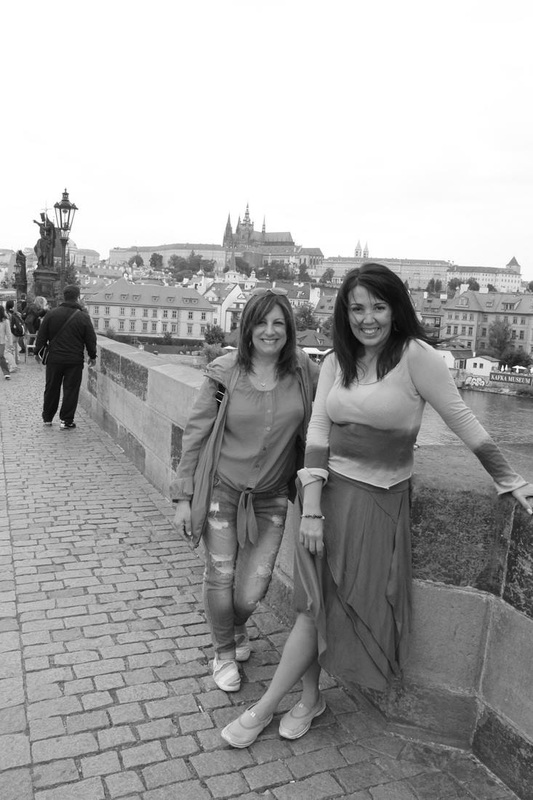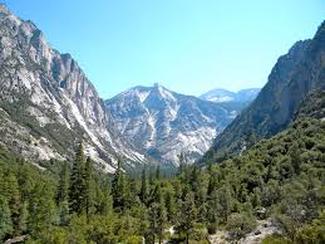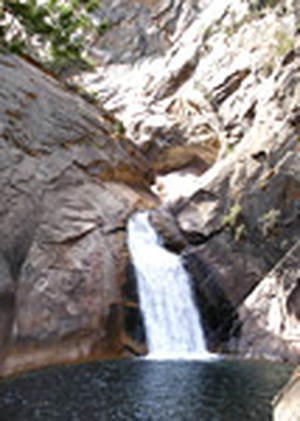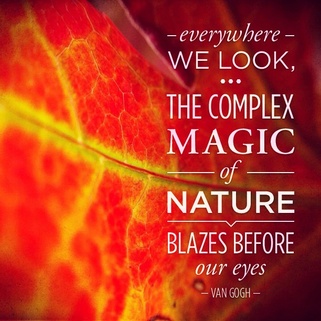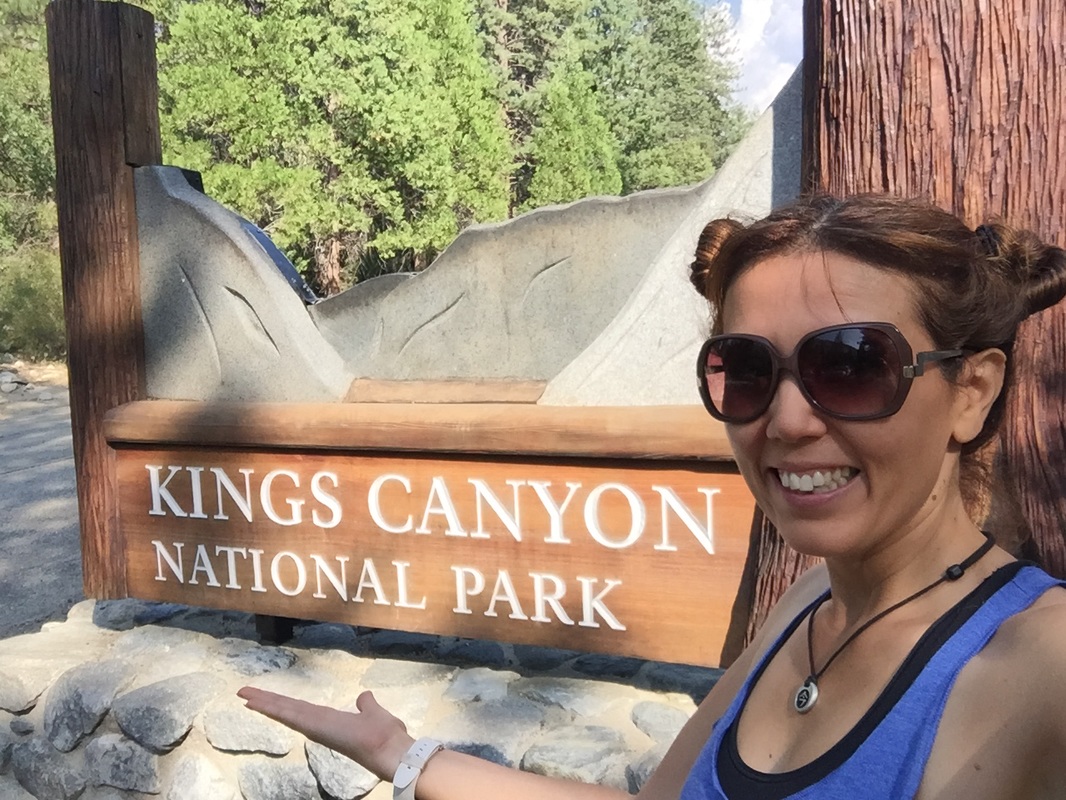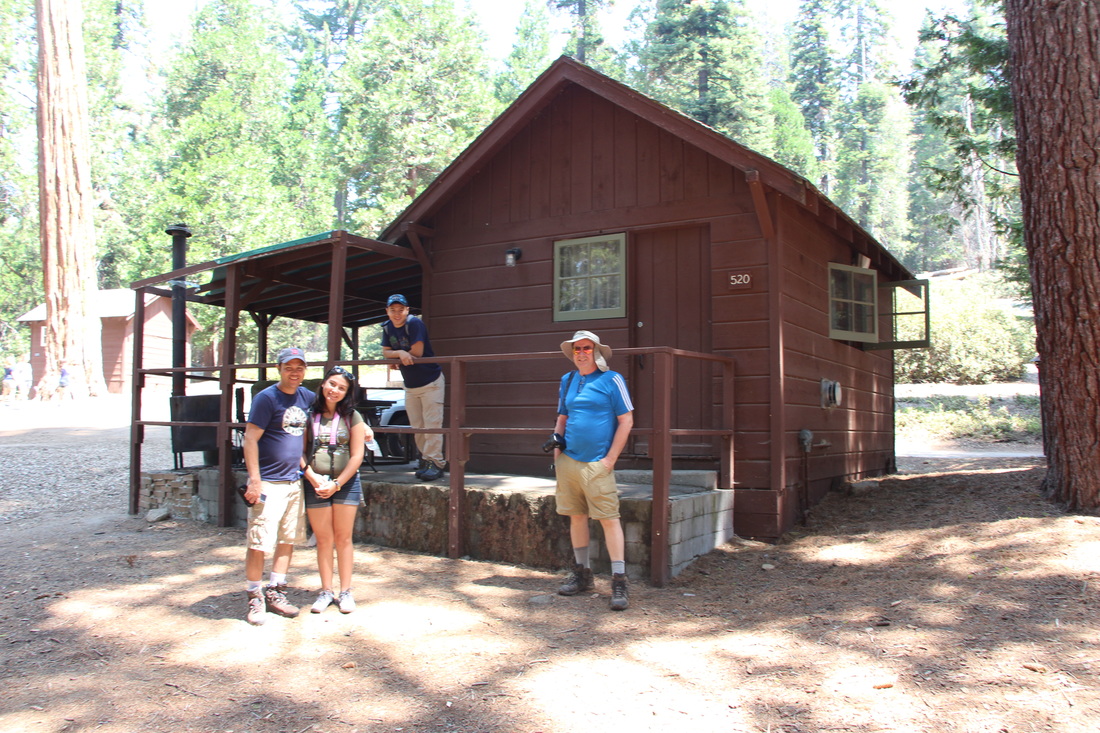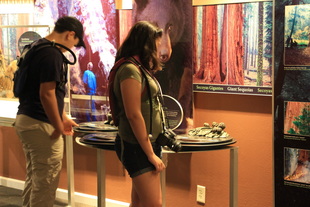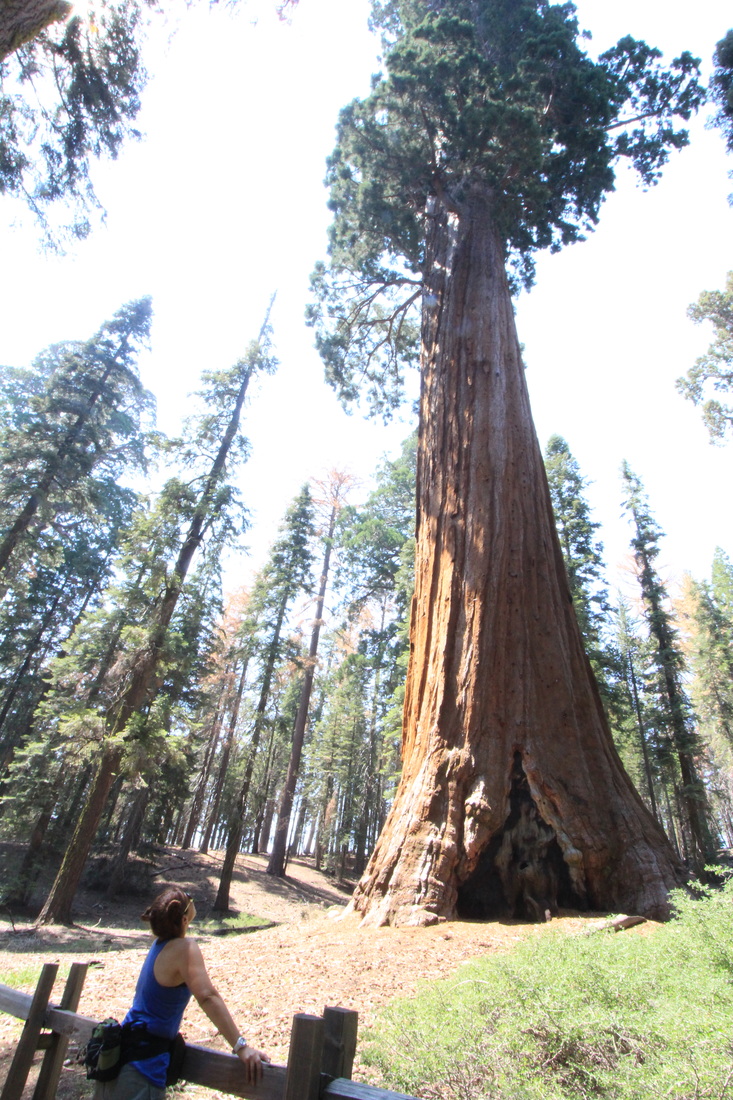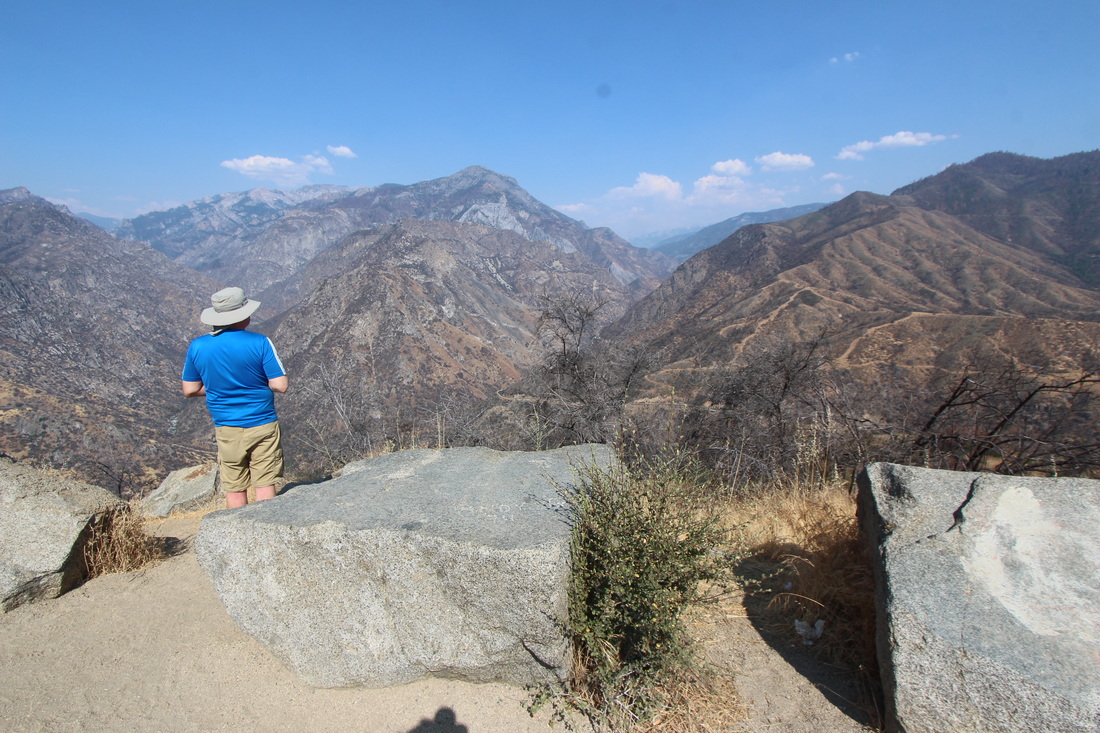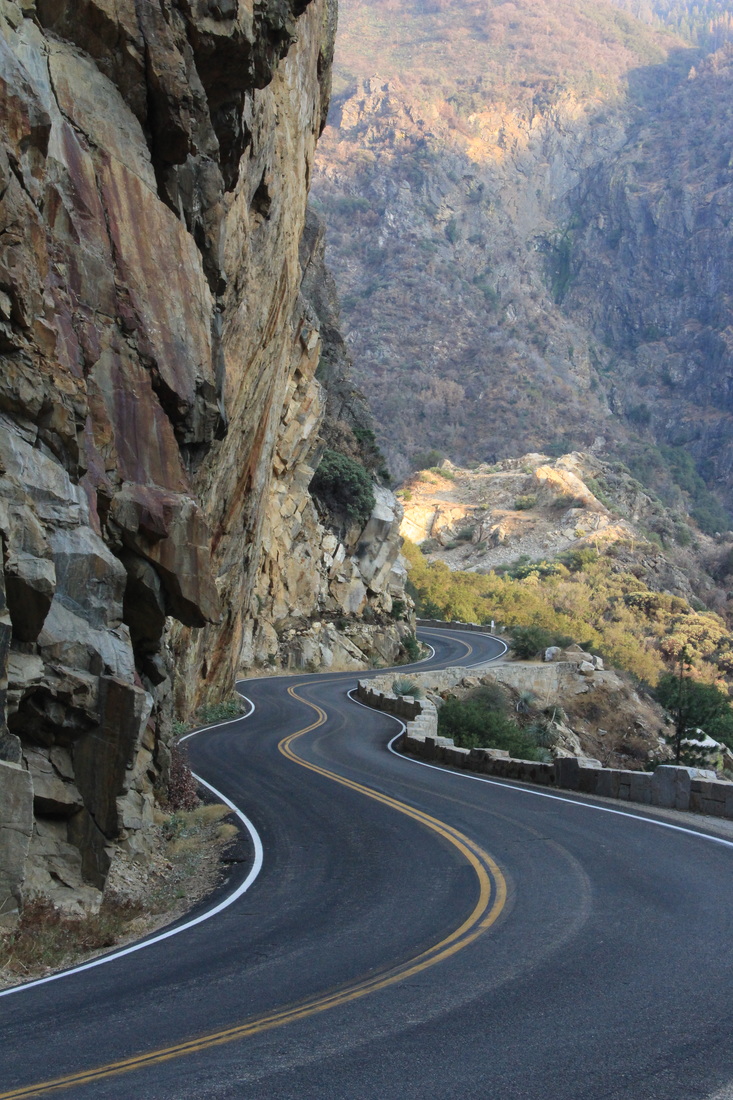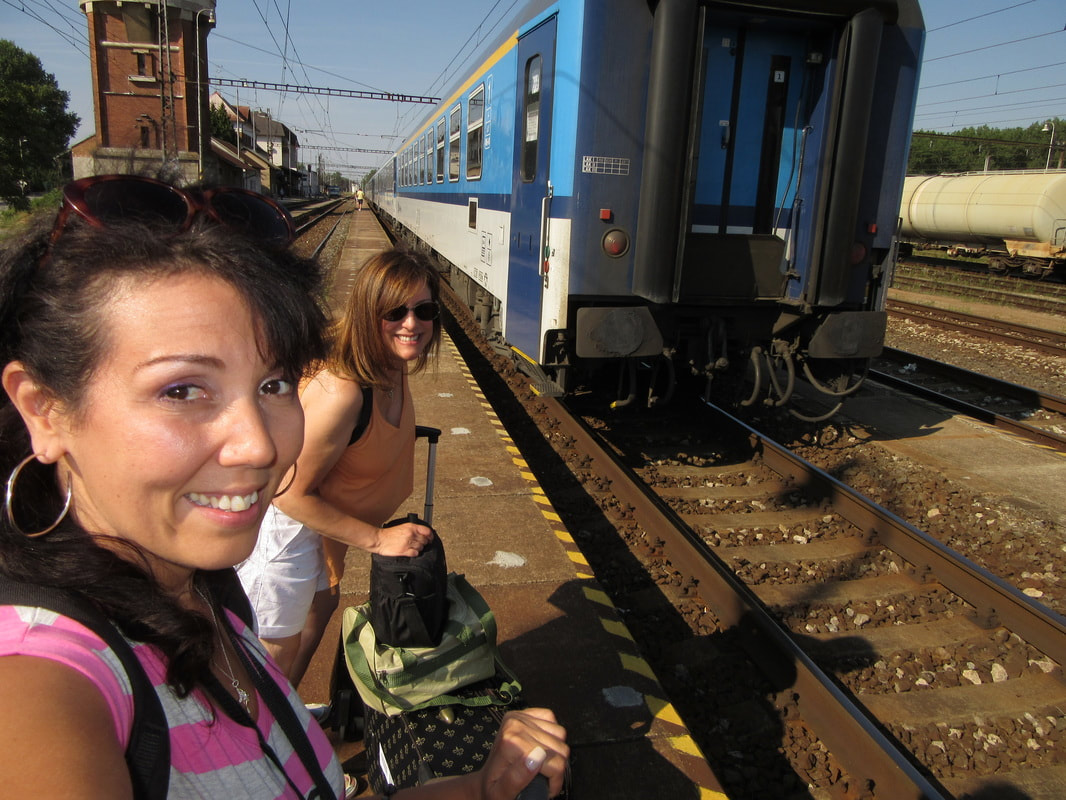Elisa's Daily Scoop | Tanya's Daily Scoop |
16 Facts about Kings Canyon & Sequoia National Park | BEAR SAFETY |
| Hello my friends! Hey, did you guys miss Tanya yesterday? Well, I sure did - I know she is going to be mighty upset that she did not make it yesterday. I, for one, cannot wait to hear how her first 2 days went on her road trip to Kings Canyon and Sequoia National Park! And in honor of her travels this week, I thought I'd bring you a little bit of info...but before I do, let me catch you up on my day yesterday... While my girlies were with their dad, I got to catch up on some paperwork, bills, banking and laundry - fun!!! I also got my hair done, so I'm officially ready for my trip tomorrow. Packing was very easy for this trip and I managed to get both kids' suitcases packed, in addition to mine. Have you check out my trip page: Elisa's Trip to The Big Easy? I think you'll enjoy it. I'll be adding to it as we journey through NOLA! 16 Facts About Kings Canyon & Sequoia National Park 1. Kings Canyon National Park is a national park in the southern Sierra Nevada, east of Fresno, California established in March of 1940. 2. The park contains several deep glaciated canyons, countless lakes, pools, meadows and waterfalls, and over 20 peaks that exceed 13,000 feet and shelters six groves of giant sequoia trees. 3. The park is north of and contiguous with Sequoia National Park; the two are administered by the National Park Service jointly as the Sequoia and Kings Canyon National Parks. 4. They were designated the UNESCO Sequoia-Kings Canyon Biosphere Reserve in 1976. 5. The first Native Americans in the area were Paiute peoples, who moved into the region from their ancestral home east of Mono Lake. 6. Kings Canyon is similar to Yosemite and Zion National Parks as the central attraction is a deep valley accessible from one end only, surrounded by huge areas of back-country that most people never visit. 7. The steepest section of Kings Canyon has a drop of 8,000 feet. 8. Located next to Sequoia National Park, Kings Canyon Park is composed of two distinct areas – Grant Grove (home to the General Grant tree, also known as "the Nation's Christmas Tree") and Cedar Grove. 9. Kings Canyon is also home to Redwood Canyon, the largest remaining grove of sequoia trees in the world. 10. Humans have inhabited the area for thousands of years and the first Native Americans in the area were Paiute peoples, moved into the region from their ancestral home east of Mono Lake. 11. The Paiute peoples created trade routes that extended down the eastern slope of the Sierra into the Owens Valley. 12. Although Kings Canyon had been known to white settlers since the mid-19th century, it was not until John Muir first visited in 1873 that the canyon began receiving attention. 13. Then United States Secretary of the Interior Harold Ickes hired Ansel Adams to photograph and document Kings Canyon to help him fight to create the Kings Canyon National Park. 14. Wildlife is abundant in the park, which includes many species of birds and mammals such as: chickaree, gray squirrel, golden-mantled ground squirrel, mule deer, black bear, cougar, bighorn sheep, marmot, pika and white jackrabbit. Birds include the Clark's nutcracker, mountain bluebird, and gray-crowned rosy finch. 15. Snow covers Sequoia and Kings Canyon National Park from November until April or May. 16. Sequoia and Kings Canyon National Parks campgrounds are located in oak woodlands in the warm, dry foothills and in the higher, cooler conifer forests. Wow!!! it's just amazing how many gorgeous natural beauties there are in this world!! Can't wait to see Tanya's pictures!! Ok, I'm outta here. Gonna take my girlies to get mani-pedi's for our little getaway tomorrow. -E xoxo | Well hello hello folks… Talk about being unplugged! As I’m sure you’ve noticed I’m posting late, and didn’t happen to get online at all on Saturday - but I suppose as the saying goes "better late than never." I’ve managed to update Saturday’s page and am providing you with a link here - check it out! As far as this trip - I think we decided to rename it PLAN B First off - even the location - Kings Canyon & Sequoia National Parks were not originally scheduled until November - but due to wildfires making there way too close for comfort in Big Sur I was luckily able to due a little switch-a-roo. We also managed to get the LAST cabin available within the park - it was little and cozy, but definitely bigger than a tent and it had beds and walls - we actually really liked it! Now being that we were visiting Bear Country there are certain rules that must be obeyed for the safety of all, as a Fed Bear is a Dead Bear, and well….although most bears would prefer not to encounter humans, when food is left out in bear country sometimes it is inevitable...creating lazy bears. Therefore fines have been implemented and food storage rules set. However yesterday was a prime example of how some people just don’t get it - Even if we weren’t in bear country, there is plenty of other wildlife who would love to come over and rummage through your belongings for a quick and tasty snack. *When I say tasty, I’m being a bit facetious as wildlife nibbles on anything with a scent - so even toiletries must be packed and stored away. RULES: Found on NPS.gov What must be stored? All food and anything with a scent (even if you don't consider it food) must be stored. This includes garbage, recyclables, soap, shampoo, toothpaste, sunscreen, first-aid kits, baby wipes, lotion, hairspray, scented tissue, air freshener, pet food, insect repellent, tobacco products, baby car-seats, and window cleaner. Bears recognize ice chests, cans, bottles, and grocery bags, so store them also. How to Store Food and Scented Items Properly Use the metal storage boxes provided in much of the park. Shop and pack for your visit so that everything will fit in the boxes and is easy to store upon arrival. All items should be put in the box before setting up camp. Seal foods in containers to minimize smells. Remove baby carseats from vehicles when parked overnight. When storage boxes are not available, put all food and related supplies, including ice chests, in vehicle trunk with food sealed in air-tight containers. In vehicles without trunks, all food and related supplies, including ice chests, must be stored out of sight. Cover them completely to hide them from view. In Picnic Areas Store all food and related supplies properly, including ice chests. Never leave food unattended. Dispose of all garbage properly. In Campgrounds Store all food and related supplies in the metal storage boxes. Only when camping where there are no metal boxes, store food and related supplies out of sight inside a vehicle. Never leave camp unattended if food is not stored. Store food day and night. Take infant carseats out of vehicles when parked overnight. Bears may enter campsites during the day, even if people are there. Keep a clean camp. Put trash in bear-resistant cans and dumpsters regularly. While Day-Hiking Properly store all food and related supplies left at the trailhead, including ice chests. Don't leave your backpack and walk off to take a photograph. Bears know packs are a source of food. When Backpacking Learn about wilderness food storage as you plan your backpacking trip. Lodging Store all food and related supplies indoors. Put all garbage in bear-resistant cans and dumpsters. Take infant carseats out of vehicles when parked overnight. Back to our trip: We had a lovely day strolling on over to Grants Grove Village - which in my mind I was expecting and hoping for something similar to a village down in Yosemite Valley or one in Yellowstone. I was sorely disappointed. It was rather small - which is fine, had that been my expectations. But it was also a bit crowded - but heck it wasn’t my first idea to come and visit a National Park in the summer/high season. After shopping, stamping our passport books, watching a documentary about the park and checking out the exhibits we were on our way to Grants Grove and to see the General Grant tree - one of the largest and oldest living things on earth. It was a short 1.5 mile loop trek amongst many of these beautiful huge GIANTS. The rest of the day was spent taking the scenic drive to Roads End, with many stops along the way to take in and capture the vistas, striking granite canyon walls and North America’s deepest canyon - hence the name - Kings Canyon One of our stops was at Ceder Grove, where we chose a lovely picnic table that was situated next to the roaring Kings River - the namesake that had and still is carving this very canyon. It was a perfect spot to have lunch, find a reading road, and attempt at skipping stones…I only say attempt, because it works so much better on the waters of a still lake. Eventually we began making our way back to our cabin, I had really wanted to get the dinner prep taken care of before sundown - which I was barely able to do, but just made it in the nick of time. Dinner was on and things were going smashingly…until we ran out of fuel. Ya see Dave B. in of of his hating packing haste, packed the wrong camping stove! And I was just stoked that this older one had worked, I was making due - but I can’t do much if I have no fuel for the fire! Dinner was only partially cooked by the time the flames had run out… It was time to go old fashioned and attempt cooking with the wood burning stove!!! After much time and my own personal frustration dinner was finally served. Just not sure how I'm going to managed breakfast in the morning! Off to go explore, -T |

